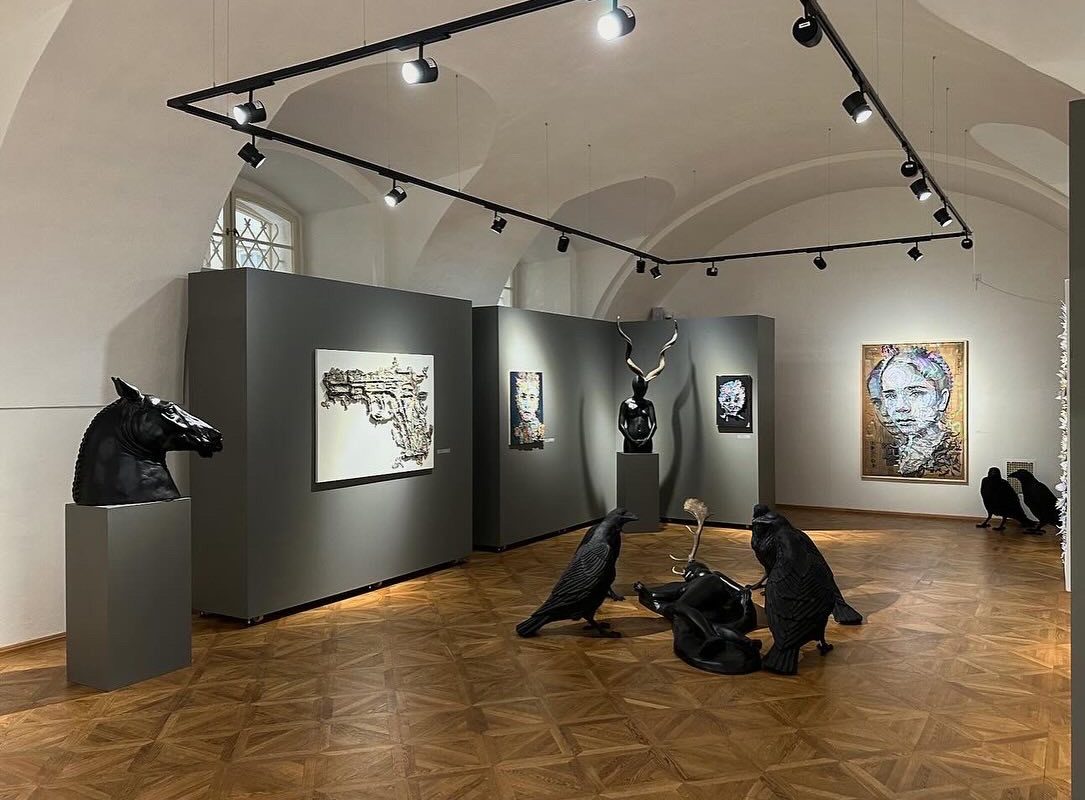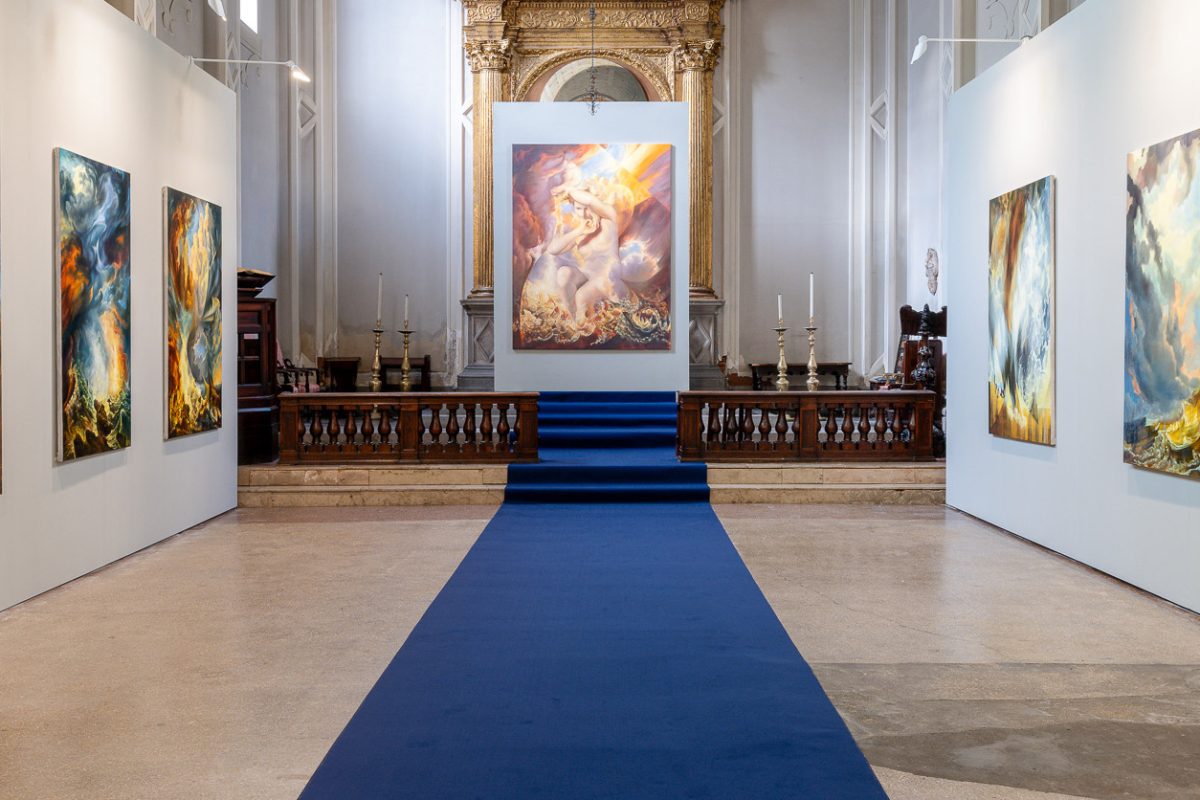How works of art are presented, both in public and in private collections, is one of the most important aspects in achieving maximum enhancement and appreciation.
In our last issue of Arts & Collections, our two lighting experts, James Curtis of Precision Lighting, and Alex Ruston of Remote Controlled Lighting (RCL), gave advice for private collectors wanting to have their prized masterpieces displayed to full advantage. In part 2 of our conversation our experts talk about the different challenges they face when styling the lighting for an upmarket gallery, compared to the lighting for a collection in a private house.
Q. The lighting demands of an upmarket gallery must be very testing due to the requirements frequently changing according the individual new works of art that are put on display, whilst private collectors have to take account budget and flexibility in a scheme. How do you approach these different challenges?
In a commercial dealership, one of the biggest priorities for the lighting scenario is flexibility. Upmarket galleries can have an incredibly high turnover of pieces, and the lighting should respect the works displayed at any given point.
Our remote controlled technology was designed specifically for this purpose, RCL fittings empower galleries as they can light the works exhibited without incurring additional costs for repositioning, or downtime in the gallery for scaffolding or mechanical lifts. Gallery staff can refocus, and control the intensity from floor level, ideal for altering the lighting scheme to adapt to the pieces displayed.
Alex Ruston, RCL
Budgets (both the initial, and the long-term cost of lighting) are crucial for the private collector. Committing to a lighting scheme that isn’t adaptable for future usage limits the items to be displayed; we aspire to support private collectors long after the first install, and we’re delighted to provide additional luminaires as collections grow. Our universal Jack Plug system helps our clients in this respect, as they know they can swap, or replace fixtures using the same installation method; private collectors often ask us for additional monopoints to give them the flexibility to add luminaires in due course without additional electrical works.
We’re conscious that as private collections grow, and the scale of pieces to be lit change, there is a need for optical flexibility; we offer interchangeable optics that allow the same luminaire to produce either a very narrow spot for smaller works, or a flood distribution for a wider wash of light. By allowing the optic to be changed without any electrical work, the private collector is given the flexibility to adapt their lighting scenario without additional costs. We integrated variable beam technology into our Pico Zoom spotlight to deliver this optical flexibility for the art-market, meaning collectors can fine-tune the beam angle with fine accuracy, ideal for adapting to changing works.
James Curtis, Precision Lighting
Q. Can you give an example of a gallery project that has called for creative lighting solutions?
A. I can’t think of an RCL gallery project that doesn’t feature some degree of creativity. We’re always impressed by the way in which lighting designers incorporate our work into gallery scenarios. To pick one though, it would be Philip Mould’s Pall Mall gallery. Having worked with the company in their Dover Street premises, and supporting them at Masterpiece for a number of years, the gallery staff were aware of the capabilities of our products.
What made this project interesting were the architectural restrictions and ambitions; the architects aspired to keep the ceiling plane free of clutter, and mechanical elements out of sight. Our DR8 spotlight was recessed into ceiling troughs thanks to their tight turning circle, minimising the impact of the lighting and respecting the heritage of the building, but still offering the modern functionalities of remote pan and tilt control that our luminaires are renowned for, meaning the gallery could easily adapt the lighting to the works presented. The fusing of sophisticated lighting technology and traditional interior design echoes the juxtaposition of the gallery in which both Old Masters and contemporary British artwork are displayed.
Alex Ruston, RCL
One of the most exiting gallery projects that Precision have been involved in is the Watts Gallery. Working with the gallery’s curator, Mark Bills and Saija Singer, of architectural practice Galata Studio Architects, we developed a scheme that perfectly illuminates the work of the Victorian artist, George Frederic Watts.
Over 150 luminaires from our Evo collection are discreetly hidden in trenches concealed within each gallery space, and consideration was paid to integrate controlled daylight for the balanced aesthetic while using the artificial lighting of the spotlights for the focal illumination of each of the pieces in a collection than showcases over one hundred canvases in Watts’ career spanning more than seventy years.
The sheer breadth of work produced by Watts meant that we had a unique challenge to light not just canvases, but also carefully illuminate in the three-dimensional space a number of sculptural pieces, including a monument to Lord Tennyson, and gesso grosso works.
James Curtis, Precision Lighting















